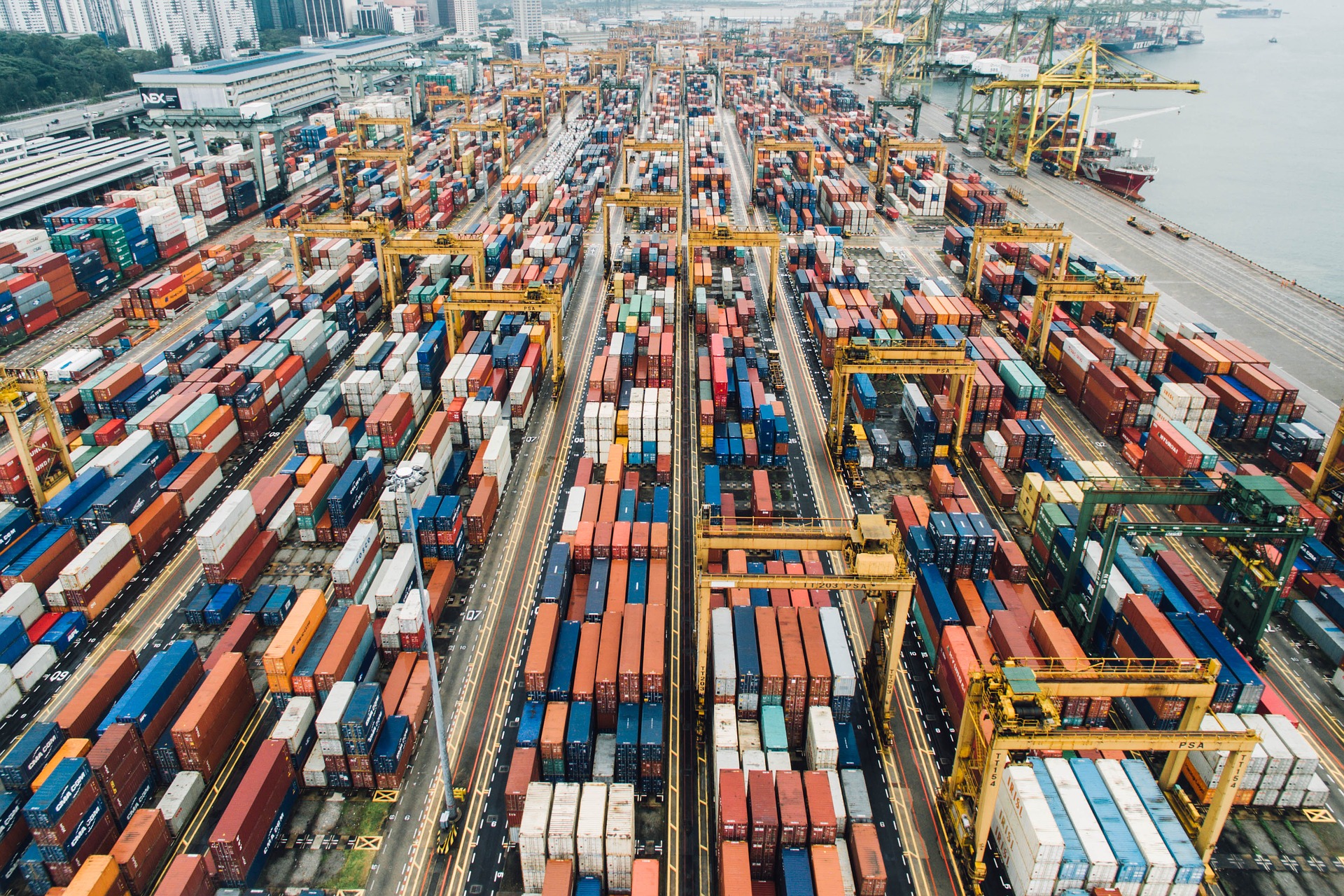The Brazilian Ministry of Development, Industry, Trade and Services (MDIC) released the results of the trade balance for January 2023 this Wednesday, the 1st.
According to the agency’s data, there was a positive balance of US$2.716 billion.
Exports had a growth of 11.7%, reaching US$23.14 billion.
The value was a record, and the result represents the best January for foreign trade in the historical series, which started in 1989.

The extractive industry stood out with a 22.3% increase in export revenues, totaling US$5.44 billion.
There was a 9.9% growth in the transformation industry, totaling US$13.94 billion.
Agriculture and livestock, on the other hand, grew 4.6%, collecting US$3.64 billion.
The main countries and regions that imported goods from Brazil were Argentina, the United States, China, Hong Kong, Macau, and the European Union.
EXPORTS
According to the ministry, the expansion of exports was pulled mainly by the growth in sales of the following products:
In agriculture:
- rice in shell, paddy, or raw (258.6%)
- unground corn, except sweet corn (163%)
- oilseeds of sunflower, sesame, canola, cotton, and others (732.3%)
In the extractive industry:
- copper ores and their concentrates (129.5%)
- other raw minerals (151.1%)
- crude petroleum or bituminous mineral oils, crude (45.6%)
In the transformation industry:
- Poultry meat and its edible offal, fresh, chilled, or frozen (35.8%)
- sugars and molasses (67.5%)
- aircraft and other equipment, including parts (364.4%)
IMPORTS
In imports, there was a drop of 1.7% compared to January 2022, reaching US$20.42 billion.
Still, there was a growth of 31.1% in agricultural imports and 4% in imports of transformation industry products.
There was a 36.1% drop in imports from the extractive industry.
The ministry indicated that the reduction influenced the downward movement in imports in purchases of the following products:
In agriculture:
- unground corn, except sweet corn (-20.8%)
- soybeans (-34.8%)
- latex, natural rubber, balata, guttapercha, guayule, chicle, and natural gums (-31.4%)
In the extractive industry:
- nickel ores and their concentrates (-55.7%)
- coal, whether or not powdered but not agglomerated (-34.5%)
- natural gas, liquefied or not (-90%)
In the transformation industry:
- Fuel oils from petroleum or bituminous minerals (except crude oils) (-12.4%)
- telecommunications equipment, including parts and accessories (-15.7%)
- thermionic cold cathode or photocathode valves and tubes, diodes, and transistors (-12.3%)
The trade balance with Argentina showed a surplus of US$0.23 billion, and the trade flow increased by 3%, reaching US$1.88 billion.
The group composed of China, Hong Kong, and Macau also had a surplus, accumulating US$0.58 billion, and the trade flow decreased -2.6%, reaching US$9.92 billion.
With the United States, on the other hand, there was a deficit of US$0.43 billion, and the trade flow registered a decrease of -11.9%, reaching US$5.79 billion.
As a trade partner, the European Union also showed a negative balance of US$0.30 billion, and the trade flow increased by 28.8%, reaching US$7.78 billion.
With information from Jovem Pan

